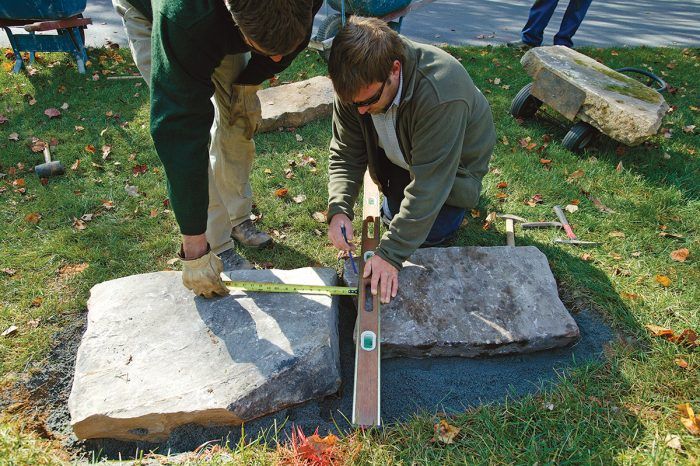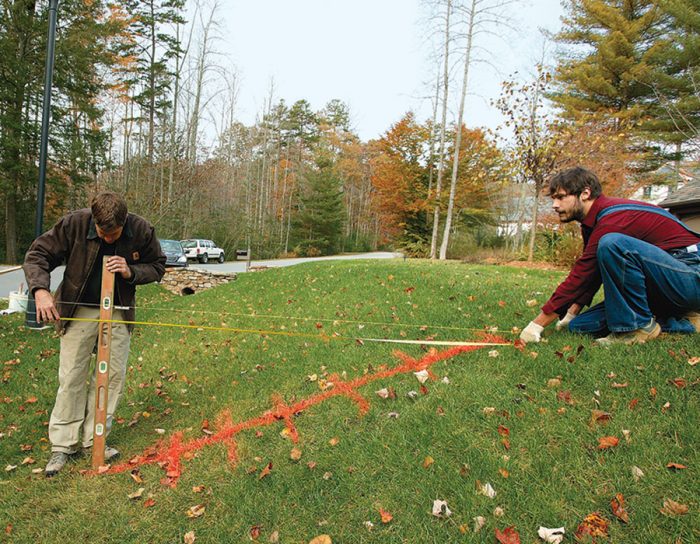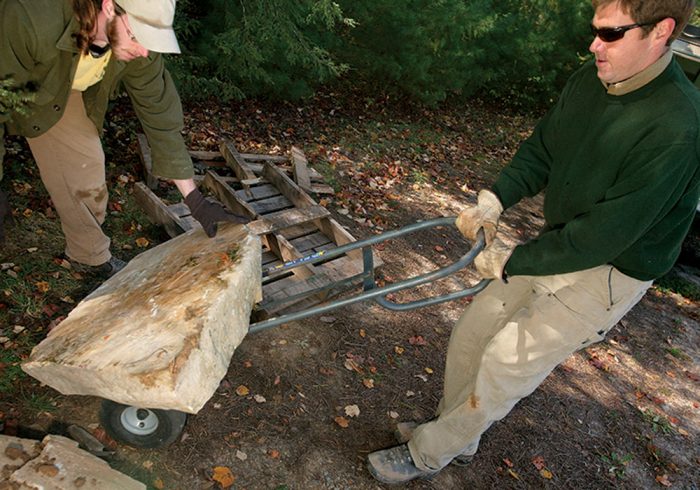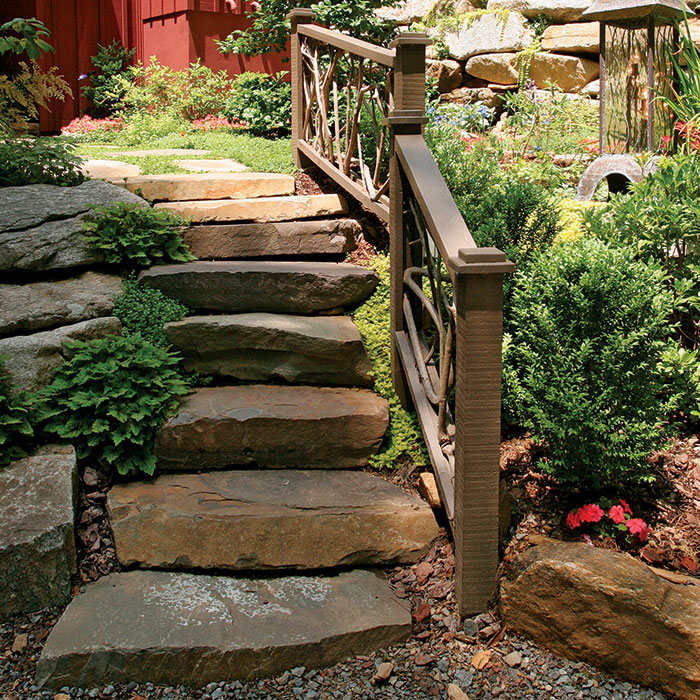How to Build Dry-Laid Stone Steps
Skip the mortar and use packed stone dust for a rustic walkway that will last a lifetime.

Synopsis: Adding a set of stone steps is a great way to enhance a backyard with slope. Stonemason Cody Macfie discusses his techniques for installing stone steps in a way that makes them look like they’ve always been there and that doesn’t damage the existing grass. With a few simple calculations and measurements, you can figure out how many steps you need. Macfie includes advice on shopping for the proper stones to build a set of steps.
Building a set of stone steps into a yard’s hard-to-traverse slope improves a home’s curb appeal, and it also makes walking through the yard much more enjoyable. With basic tools and materials, a little patience, and (let’s be honest) no small amount of muscle, you can build them yourself. Stone steps can be built into any landscape in a relatively short amount of time. The steps featured in this article took four of us about six hours. Although the process is straightforward, you need to make some decisions and calculations before you start digging.
Choose your own stone
As with any construction project, it’s important to have a budget before you begin, but be prepared: Stone isn’t as cheap as it used to be, unless it comes from your own property. Native, local stone is less costly than stone shipped over state borders, but be mindful of inflated prices. Be prepared to shop around to ensure that you get the best price. Also, check with local stonemasons; some of them have large amounts of stock or leftover stone that you can pick up at discount.
Most often, stone is sold by weight, but in some cases, good stepping stones are sold individually. If your stoneyard has bulk stone, dig around the pile to pick out your favorites. Some stoneyards call stepping stones slabs, or large-cut stone. Don’t let someone else pick out the stones for you and then deliver them without your approval. Good stepping stones are hard to find, and a lot of people want them. I have my stoneyard put aside good stones for me.

Size, color, texture, and cost all need to be considered when choosing stepping stones. Stones have either a natural surface or a cut one. I like the untouched, rugged quality of a natural surface, which allows me to create a one-of-a-kind set of steps. Building with them, however, means that each step must be chosen carefully, positioned, and occasionally shaped by hand.
Sometimes cut stone is more suitable. On a recent job, a client needed steps for a formal Arts and Crafts-style home. To go with the home’s blocky style, he chose a relatively smooth, rectangular granite step with hand-pitched edges. Jagged, rustic steps would have looked out of place in this setting; despite my usual preference for a rustic look, I think he made the right choice.

To complement the stones and the style of the house on the project featured here, I chose weathered Tennessee fieldstone steps with natural edges. Large pieces of flagstone also make good steps. Look in landscape-construction books or magazines for good step-design and layout ideas, and show the stone supplier what you like.
—Cody Macfie, a second-generation stonemason and freelance writer, owns Steep Creek Stoneworks in Brevard, N.C. 
Photos by Chris Ermides.
For more photos and details, click the View PDF button below:
From Fine Homebuilding #188






